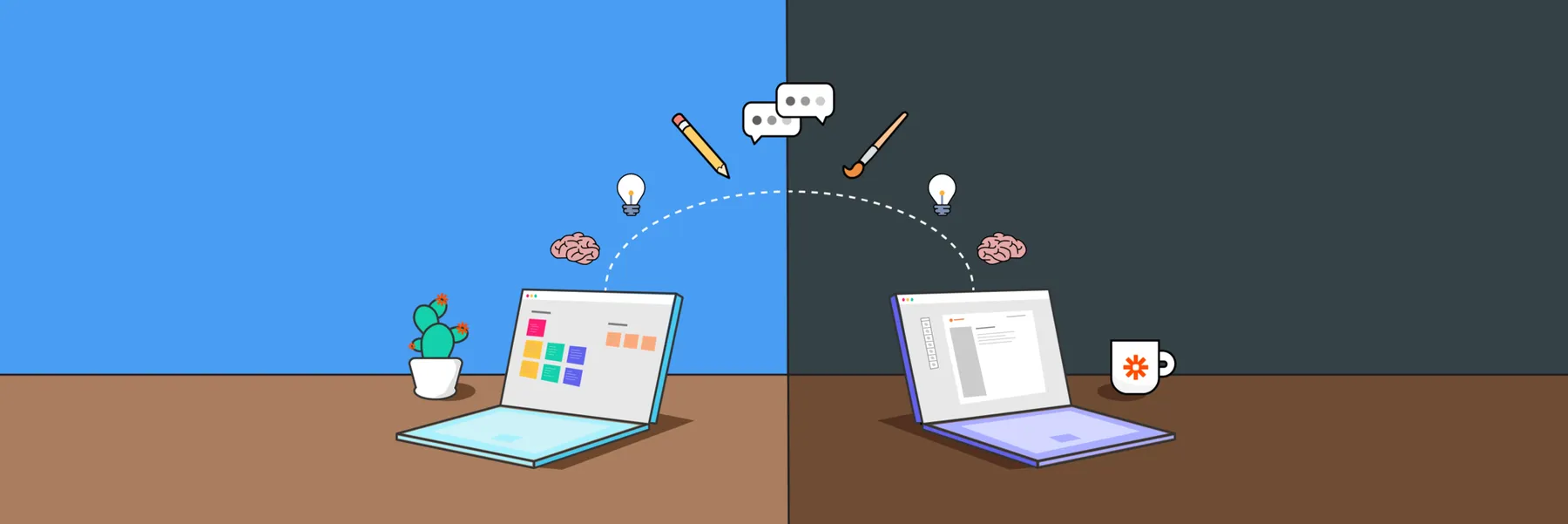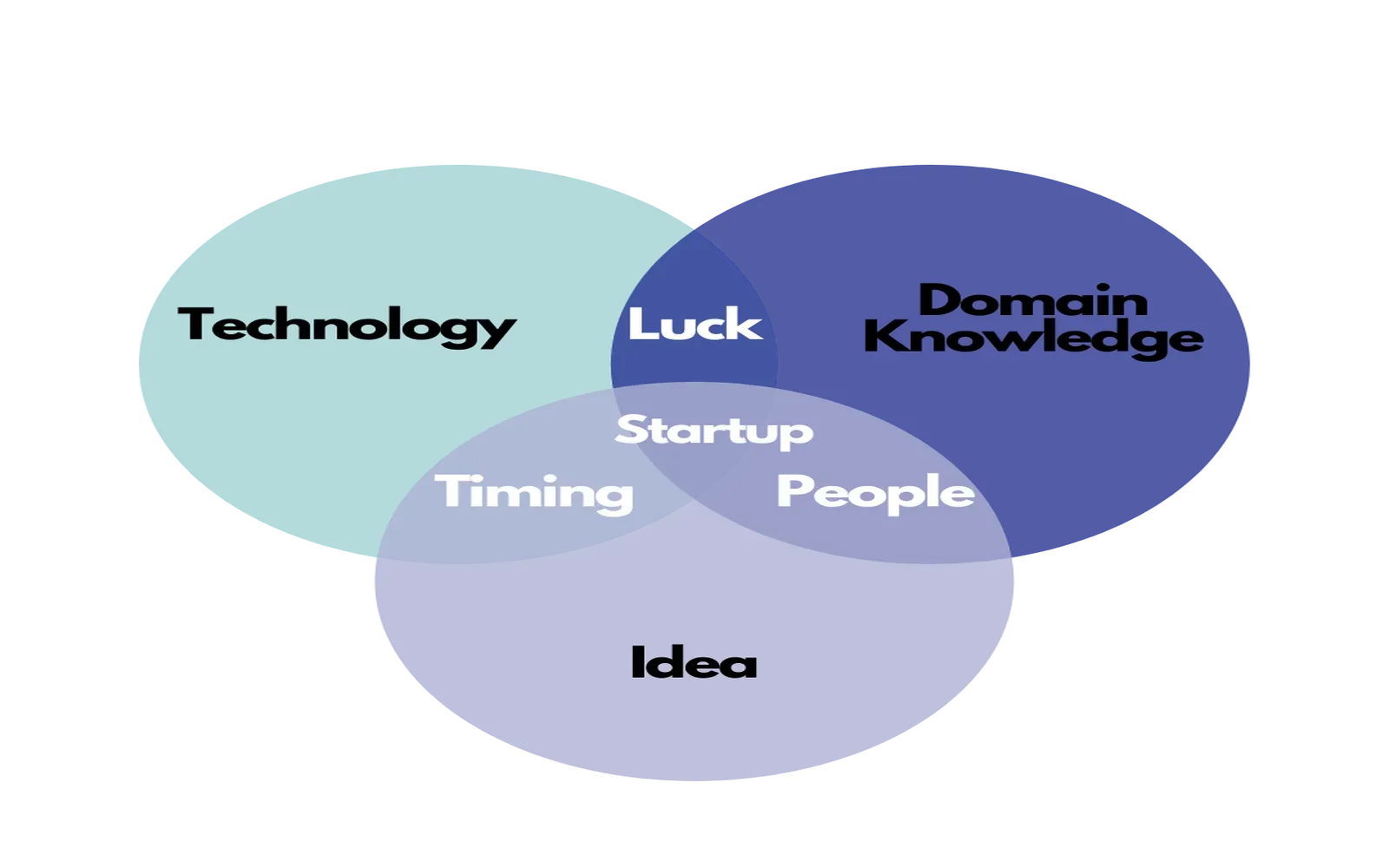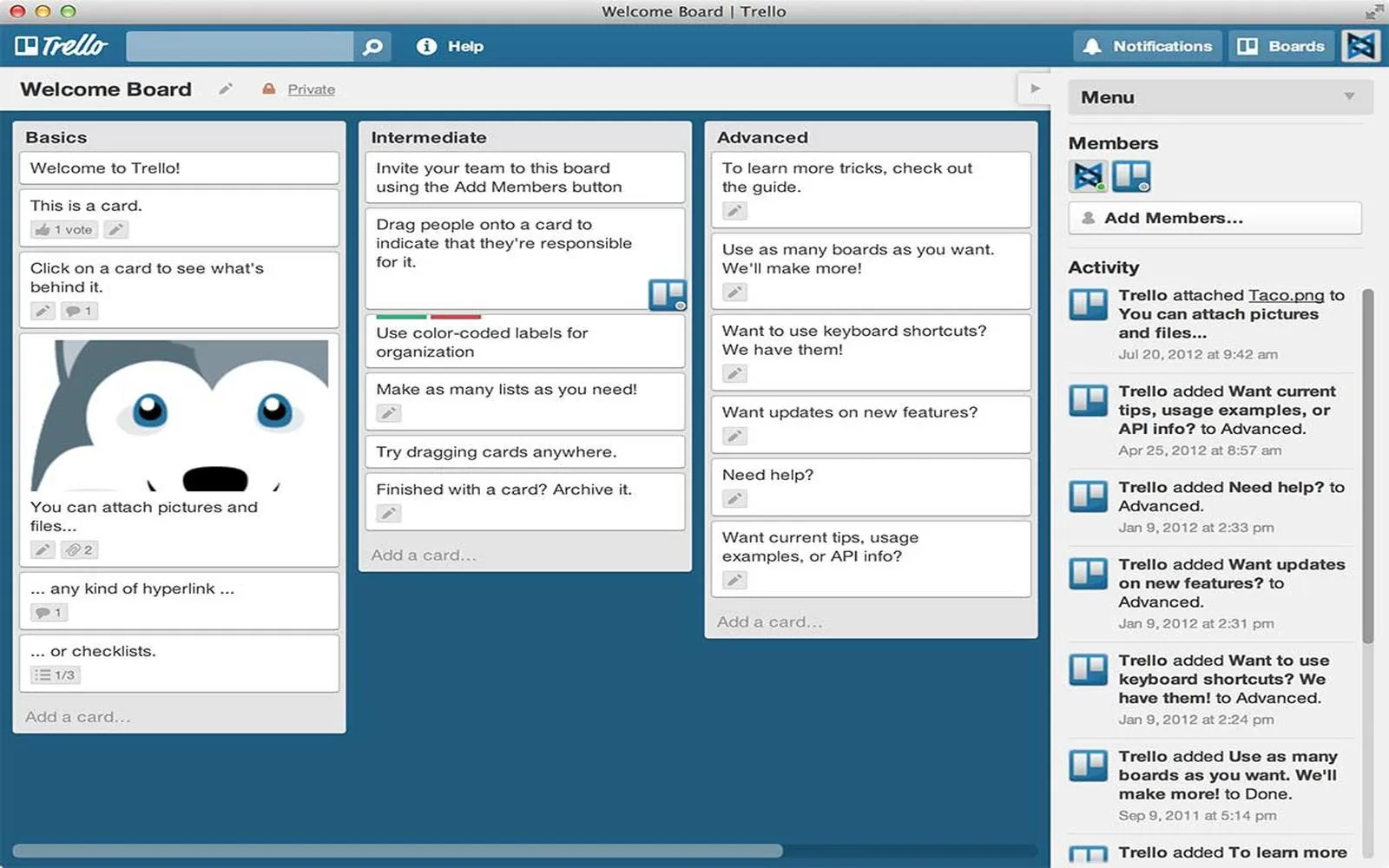Understanding Remote Design in the Modern Workplace
As companies continue to embrace remote work, the need for a robust distributed design culture has become more critical than ever. Zapier, a leader in automation software, exemplifies how to effectively build and maintain a cohesive design team, regardless of physical location. By understanding the principles and practices that underpin this culture, other organizations can replicate their success.
The Foundations of Zapier's Design Culture
Zapier's approach to remote design is built on several foundational principles that foster collaboration and creativity among team members. These principles include:
- Transparent Communication: Zapier emphasizes open lines of communication, ensuring that team members can share ideas and feedback freely.
- Asynchronous Collaboration: Team members work across different time zones, which necessitates a workflow that allows for contributions at any time.
- Inclusive Environment: Zapier prioritizes inclusivity, making sure all voices are heard and valued in the design process.
Zapier's Tools for Success
To facilitate a thriving remote design culture, Zapier employs a variety of tools that streamline workflows and enhance collaboration. Here are some of the key tools used:
| Tool | Purpose |
|---|---|
| Slack | Facilitates real-time communication and collaboration among team members. |
| Figma | Allows for collaborative design work, enabling team members to work on projects together in real-time. |
| Notion | Serves as a centralized hub for project documentation, design guidelines, and resources. |
| Trello | Helps manage tasks and track project progress, ensuring everyone knows the status of ongoing work. |
Promoting a Culture of Feedback
Feedback is a critical component of any design process, and Zapier places a strong emphasis on creating a culture where constructive feedback is encouraged. Regular design reviews and critiques are scheduled to ensure that team members can share their thoughts and insights on each other's work. This practice not only fosters improvement but also builds camaraderie among team members.
Celebrating Diversity in Design
One of the major benefits of a distributed design culture is the diversity of thought that comes from having a team spread across different locations and backgrounds. Zapier actively seeks to recruit designers from varied demographics, which enriches the design process and results in more innovative solutions. This diversity helps the team understand different user perspectives, ultimately leading to better product outcomes.
Measuring Success in Remote Design
To gauge the effectiveness of their remote design culture, Zapier relies on a combination of qualitative and quantitative metrics. Here are some key performance indicators (KPIs) that they track:
- User Satisfaction: Regular surveys assess how well the design meets user needs.
- Project Timeliness: Tracking deadlines and milestones helps ensure projects stay on track.
- Team Engagement: Monitoring participation in design reviews and feedback sessions indicates team morale and involvement.
Challenges and Solutions in Remote Design
While Zapier's remote design culture has many strengths, it is not without challenges. Some of these challenges include:
- Isolation: Remote work can sometimes lead to feelings of isolation among team members. To combat this, Zapier encourages virtual social events and team-building activities.
- Time Zone Differences: Working across various time zones can complicate collaboration. Zapier has implemented flexible schedules to accommodate all team members.
- Technical Issues: Remote work often relies on technology, which can sometimes fail. Zapier has a dedicated IT support team to assist with any technical difficulties.
Conclusion: The Future of Remote Design at Zapier
Zapier's commitment to building a strong distributed design culture is evident in their practices, tools, and overall approach to remote work. As the landscape of work continues to evolve, Zapier is well-positioned to adapt and thrive, serving as a model for other organizations looking to cultivate their own remote design teams.
By prioritizing communication, inclusivity, and diversity, Zapier demonstrates that a successful remote design culture is not just possible; it can be a significant advantage in today's digital workspace.





